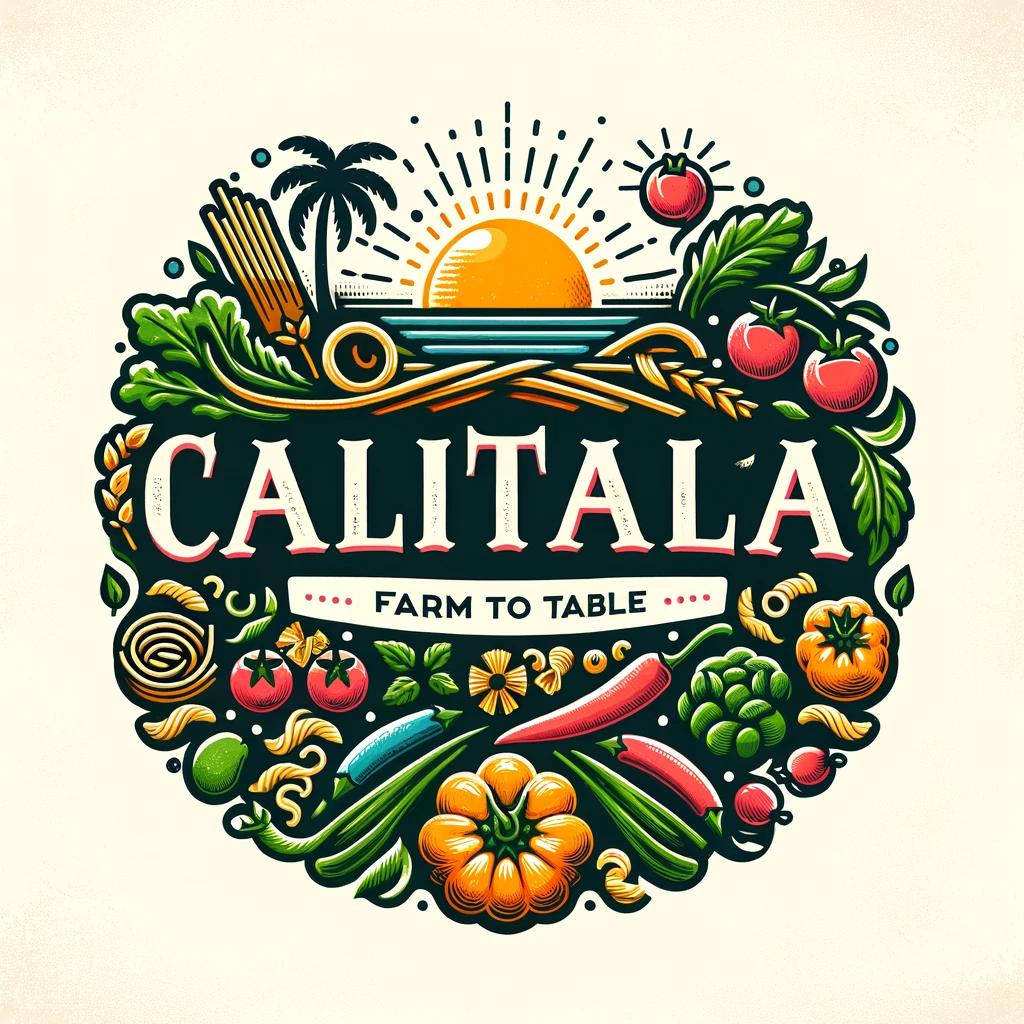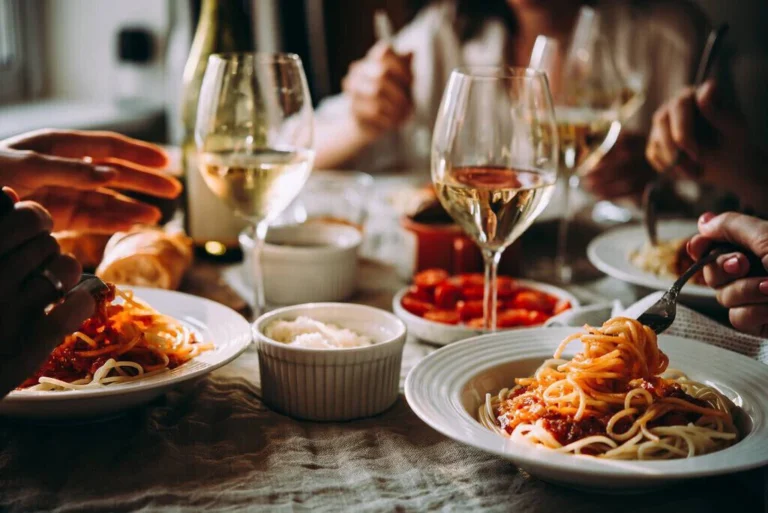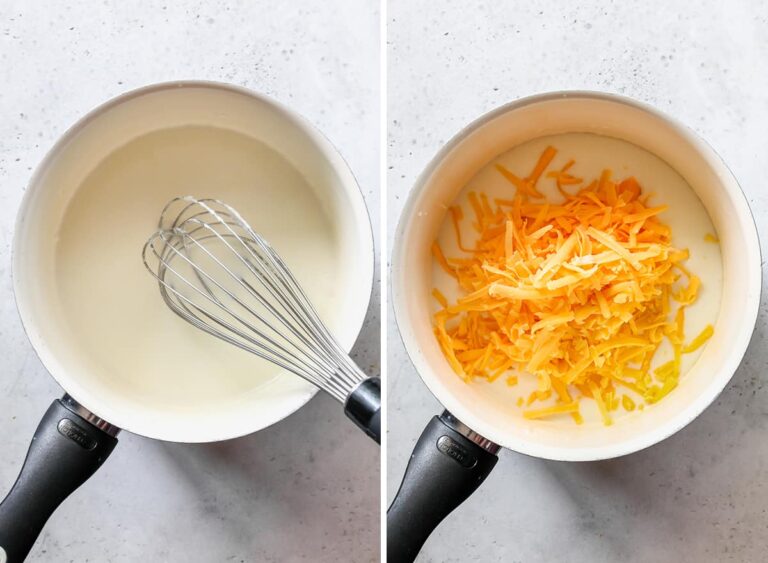Butter sauces, with their rich and creamy texture, are a favorite in many kitchens. Pairing them with the right type of pasta can transform a simple meal into a gourmet experience.
In this article, we’ll delve into the best pasta types for butter sauces, discuss the differences between fresh and dried pasta, and share tips on cooking pasta to perfection.
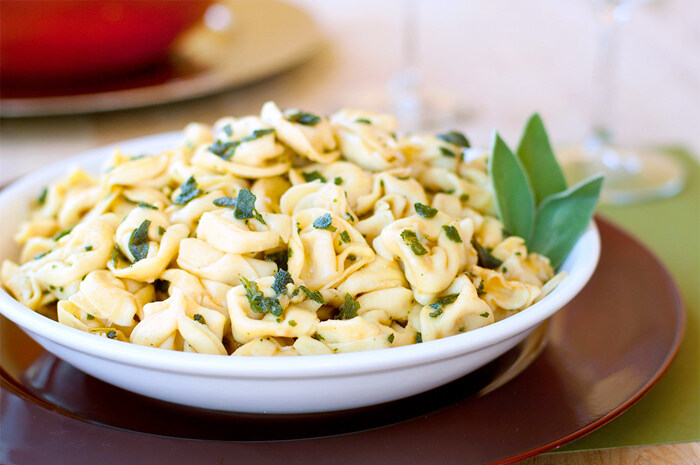
Long Pasta (e.g., spaghetti, linguine)
Spaghetti
Spaghetti is perhaps the most iconic type of long pasta. Its thin, cylindrical shape makes it ideal for light butter sauces that cling to the strands, allowing each bite to be coated with a delicious, buttery flavor. Spaghetti pairs wonderfully with simple butter and Parmesan or a more complex garlic butter sauce. The texture of spaghetti complements the creamy richness of butter sauces, creating a harmonious balance that appeals to many palates.
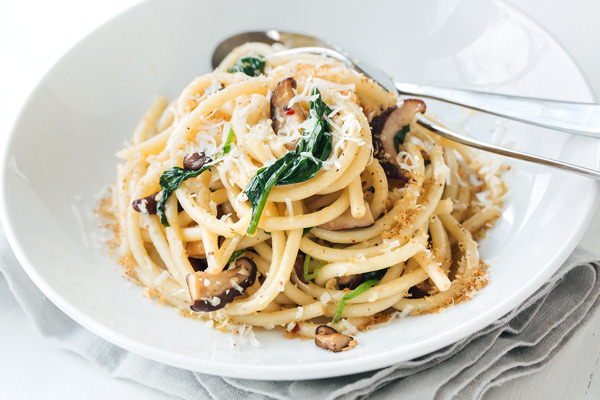
The versatility of spaghetti means it can be paired with a variety of butter-based sauces. For a classic preparation, consider Spaghetti Aglio e Olio, which combines garlic-infused butter with a sprinkle of red pepper flakes. The simplicity of this dish allows the quality of the butter to shine through. Alternatively, a lemon butter sauce with fresh parsley can provide a bright, zesty contrast to the pasta’s subtle flavor.
Linguine
Linguine, slightly flatter than spaghetti, is another excellent choice for butter sauces. Its broader surface area holds onto the sauce better, making every mouthful more flavorful. Linguine is particularly well-suited for butter sauces that include additional ingredients like seafood or vegetables, as its shape complements these additions. The flat profile of linguine helps it to wrap around ingredients like shrimp or clams, ensuring that each bite is infused with the buttery sauce.
One popular dish that highlights the effectiveness of linguine with butter sauce is Linguine alle Vongole. This dish combines linguine with clams, white wine, garlic, and butter, creating a luxurious and satisfying meal. The pasta’s shape ensures that the sauce clings well, providing a rich and cohesive dining experience. Another delicious option is linguine with a creamy mushroom butter sauce, where the pasta’s broad surface can capture the earthy flavors of sautéed mushrooms.

Fettuccine
Fettuccine, a thicker and flatter pasta, is perfect for heavier butter sauces. Its robust shape can handle rich and creamy sauces without becoming overwhelmed. Fettuccine Alfredo is a classic dish that highlights the compatibility of this pasta type with butter-based sauces. The wide ribbons of fettuccine provide a substantial base that can support the weight of a thick, creamy sauce, ensuring that each bite is indulgent and satisfying.
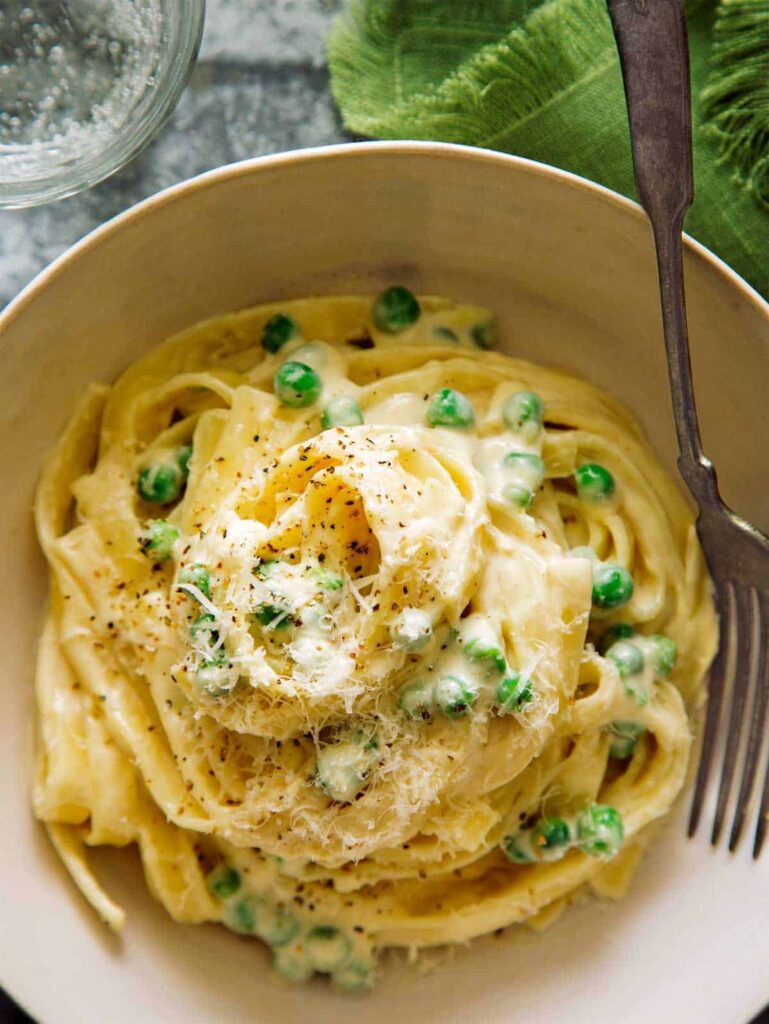
In addition to the traditional Alfredo, fettuccine pairs well with other robust butter sauces. Consider a fettuccine with a sage brown butter sauce, where the nutty aroma of browned butter and the earthy flavor of sage complement the pasta’s texture. The broad noodles can also handle a butter sauce enriched with roasted garlic and Parmesan, creating a rich and comforting dish that is perfect for cooler weather.
Tagliatelle
Tagliatelle, similar in shape to fettuccine but typically narrower, also works well with butter sauces. Its long, flat ribbons are perfect for absorbing and holding onto the sauce, ensuring that each bite is packed with flavor. Tagliatelle pairs particularly well with truffle butter sauces, enhancing the luxurious taste. The delicate yet sturdy texture of tagliatelle allows it to meld seamlessly with rich, aromatic sauces, creating an elegant and refined dining experience.
A classic dish that showcases tagliatelle’s suitability for butter sauces is Tagliatelle al Tartufo. This decadent dish features a truffle-infused butter sauce, which clings beautifully to the pasta’s ribbons, delivering a burst of truffle flavor in every bite. Another excellent pairing is tagliatelle with a lobster butter sauce, where the pasta’s shape allows it to envelop chunks of tender lobster, creating a lavish and memorable meal.
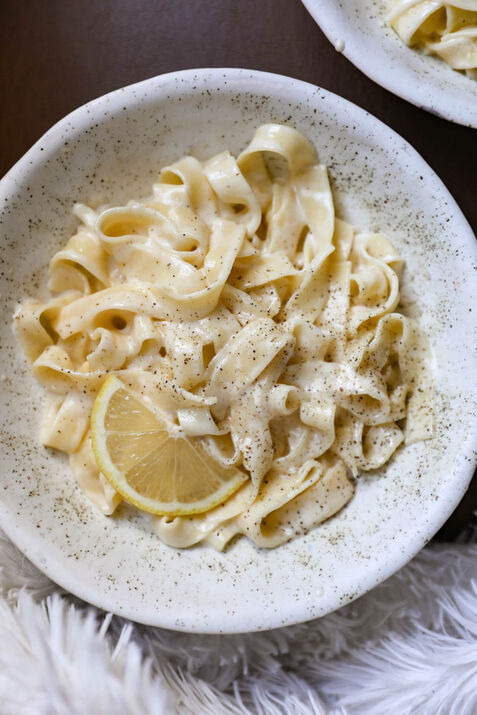
Short Pasta (e.g., penne, farfalle)
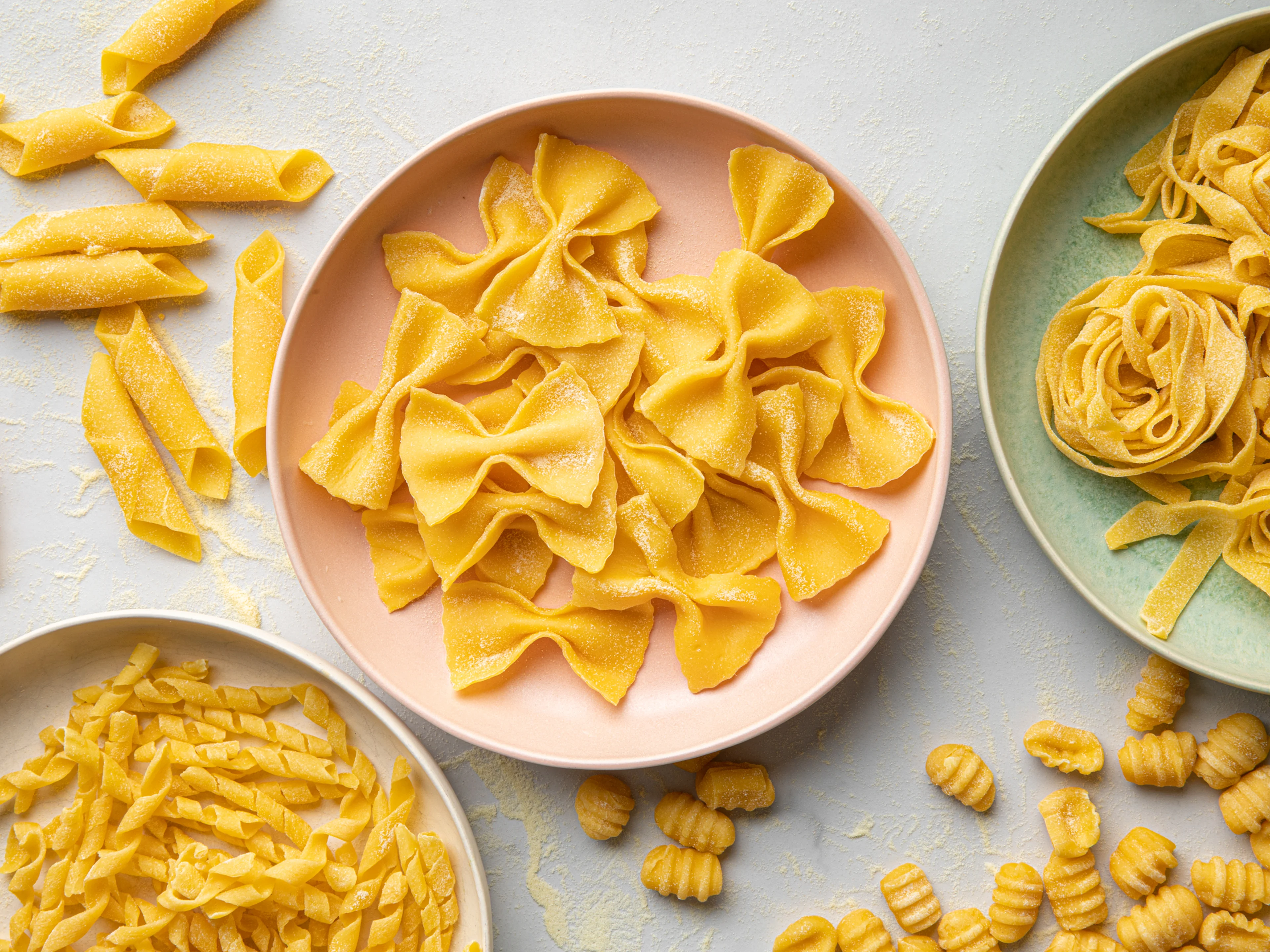
Penne
Penne, with its tubular shape and ridged surface, is ideal for capturing butter sauce inside and out. This pasta’s structure makes it perfect for butter sauces that include chunky ingredients like mushrooms or sausage. The sauce clings to the ridges, ensuring a delicious bite every time. Penne’s versatility and ability to hold onto sauce make it a popular choice for many butter-based dishes.
One popular preparation is Penne alla Vodka, which combines a creamy tomato butter sauce with a splash of vodka for added depth. The ridges on the penne help to capture the sauce, ensuring that each bite is flavorful and satisfying. Another delicious option is penne with a spicy sausage butter sauce, where the pasta’s shape allows it to hold onto chunks of sausage and bits of garlic, creating a hearty and robust dish.
Farfalle
Farfalle, or “bow-tie” pasta, is a fun and versatile option for butter sauces. Its unique shape holds the sauce well and adds an interesting texture to the dish. Farfalle is great for lighter butter sauces that incorporate herbs and fresh vegetables. The playful shape of farfalle makes it a favorite among both adults and children, adding a touch of whimsy to any meal.
One delightful preparation is farfalle with a lemon butter sauce and peas. The bow-tie shape captures the bright, tangy sauce and bits of sweet peas, creating a refreshing and light dish that is perfect for spring or summer. Another excellent pairing is farfalle with a roasted red pepper butter sauce, where the pasta’s shape allows it to hold onto chunks of roasted pepper and bits of garlic, creating a visually appealing and flavorful meal.
Rigatoni
Rigatoni, a larger and ridged pasta, is perfect for heartier butter sauces. The ridges and large hollow center capture thick, creamy sauces beautifully. Rigatoni pairs well with butter sauces that include meat or robust vegetables, providing a substantial base for a filling meal. The sturdy shape of rigatoni ensures that it can handle even the most decadent of sauces without falling apart.
A classic dish that highlights rigatoni’s suitability for butter sauces is Rigatoni alla Carbonara. This dish combines rigatoni with a creamy butter sauce, pancetta, and Parmesan, creating a rich and satisfying meal. The ridges on the rigatoni help to capture the sauce and bits of pancetta, ensuring that each bite is flavorful and indulgent. Another excellent pairing is rigatoni with a butter and butternut squash sauce, where the pasta’s shape allows it to hold onto chunks of tender squash and bits of sage.
Orecchiette
Orecchiette, or “little ears,” are small, concave pasta shapes that are excellent for holding butter sauce. Their unique shape makes them ideal for dishes where the sauce includes smaller ingredients like peas or diced tomatoes. Orecchiette with a simple garlic butter sauce and a sprinkle of Parmesan is a delightful and easy dish. The small, cup-like shape of orecchiette ensures that each piece is coated with sauce, creating a harmonious and flavorful bite.
One popular preparation is Orecchiette with Broccoli Rabe and Sausage, where the pasta’s shape allows it to hold onto bits of sausage and tender pieces of broccoli rabe. The garlic butter sauce ties everything together, creating a hearty and satisfying meal. Another excellent pairing is orecchiette with a cherry tomato butter sauce, where the pasta’s shape captures the sweet, juicy tomatoes and the rich, buttery sauce, creating a fresh and vibrant dish.
Fresh vs. Dried Pasta
Fresh Pasta
Fresh pasta, with its tender texture and delicate flavor, can elevate a butter sauce dish to new heights. Fresh pasta absorbs butter sauces more readily, creating a harmonious blend of flavors.
It’s particularly well-suited for delicate sauces that highlight the quality of the ingredients. Fresh pasta is often made with eggs, giving it a richer flavor and smoother texture compared to dried pasta.
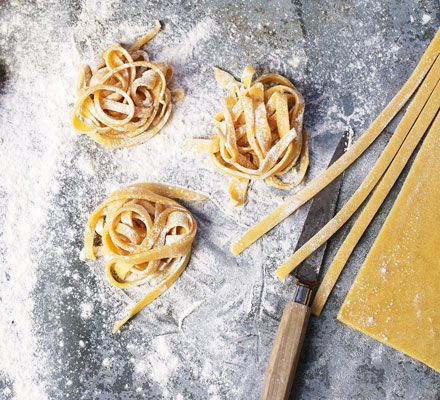
When to Use Fresh Pasta
Fresh pasta is best used for dishes where the pasta itself is the star. Butter sauces that are light and emphasize high-quality butter and fresh herbs pair wonderfully with fresh pasta. However, fresh pasta has a shorter shelf life and requires more careful cooking to avoid becoming mushy. Fresh pasta is ideal for dishes like Tagliatelle al Tartufo or Fettuccine Alfredo, where the delicate texture can complement the rich, buttery sauce.
Another excellent use of fresh pasta is in dishes like Ravioli with Sage Butter Sauce. The tender, homemade pasta envelopes a flavorful filling, and the simple butter sauce enhances the overall taste without overpowering it. Fresh pasta also works well in light seafood butter sauces, where the delicate texture can complement the sweetness of fresh shrimp or scallops.
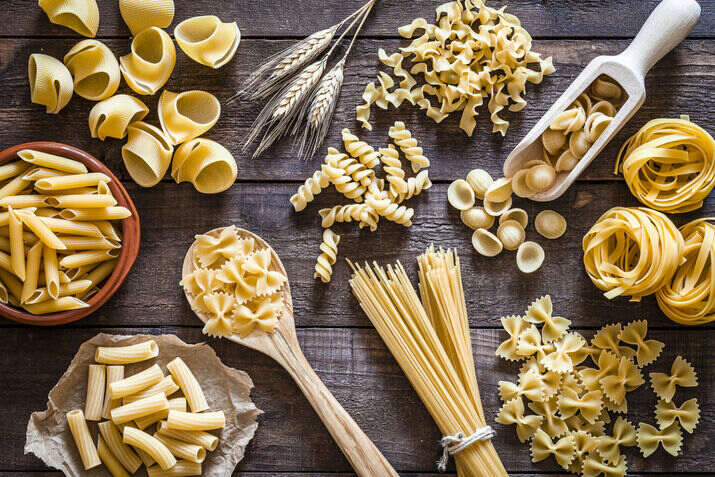
Dried Pasta
Dried pasta, with its firmer texture and longer shelf life, is a versatile and convenient option for butter sauces. It holds up well to more robust sauces and is less prone to overcooking.
Dried pasta is a staple in many households due to its convenience and ability to absorb flavors over time. Made from durum wheat, dried pasta has a chewier texture and is available in a wide variety of shapes and sizes.
When to Use Dried Pasta
Dried pasta is ideal for heartier butter sauces that include ingredients like meat, mushrooms, or heavy cream. Its firm texture provides a satisfying bite and can stand up to the density of these sauces. Dried pasta is also perfect for pantry-staple meals, offering consistency and ease of preparation. Dishes like Penne alla Vodka or Rigatoni alla Carbonara benefit from the sturdy texture of dried pasta, ensuring that the pasta retains its shape and bite even when paired with rich, creamy sauces.
Another excellent use of dried pasta is in baked dishes like Baked Ziti with Butter and Mozzarella. The firm texture of the dried pasta holds up well during baking, absorbing the butter and cheese for a comforting and satisfying meal. Dried pasta is also perfect for quick weeknight meals, where its convenience allows for a delicious dinner in minimal time.
Cooking Pasta Perfectly
Boiling Pasta
To cook pasta perfectly, start with a large pot of salted boiling water. The salt enhances the pasta’s flavor, and the large volume of water prevents the pasta from sticking together. Aim for a water-to-pasta ratio of 4:1. For every pound of pasta, use about 4-6 quarts of water and 1-2 tablespoons of salt. This ensures that the pasta cooks evenly and absorbs the salt, enhancing its natural flavor.
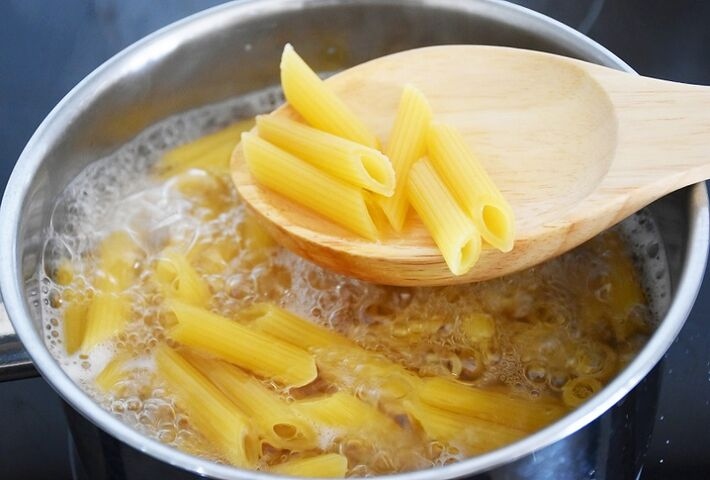
Timing
Cooking time varies depending on the type and thickness of the pasta. Fresh pasta typically cooks in just 2-4 minutes, while dried pasta takes 8-12 minutes. Check the pasta package for specific cooking times and taste test a piece a minute or two before the suggested time to ensure it’s al dente—tender but with a slight bite. Al dente pasta provides the best texture and ensures that it holds up well when mixed with the butter sauce.
To achieve perfect al dente pasta, consider setting a timer and stirring the pasta occasionally to prevent sticking. When the pasta is close to being done, taste a piece to check for the desired texture. If it is still too firm, allow it to cook for another minute and check again. Once the pasta is al dente, it’s ready to be drained and finished in the sauce.

Finishing in the Sauce
For the best flavor, finish cooking the pasta in the butter sauce. This allows the pasta to absorb the sauce’s flavors fully. Reserve a cup of pasta water before draining, as adding a splash to the sauce can help emulsify it, creating a silky texture that clings to the pasta. The starch in the pasta water helps to thicken the sauce and allows it to adhere better to the pasta.
To finish the pasta in the sauce, heat the butter sauce in a large skillet or saucepan. Add the drained pasta to the skillet and toss to coat the pasta evenly with the sauce. If the sauce seems too thick, add a bit of the reserved pasta water until the desired consistency is reached. Continue tossing the pasta in the sauce for 1-2 minutes to ensure that it is fully coated and infused with flavor.
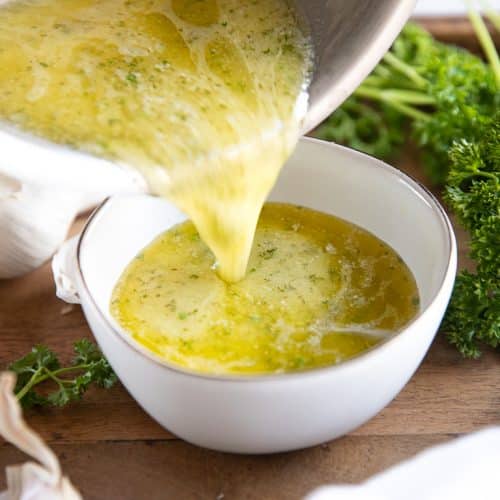
Serving
Serve pasta immediately for the best texture and flavor. Toss the pasta thoroughly with the butter sauce to ensure every piece is coated. For an extra touch, garnish with fresh herbs, grated cheese, or a squeeze of lemon juice. Serving pasta right away ensures that it maintains its optimal texture and temperature, providing a delicious and satisfying meal.
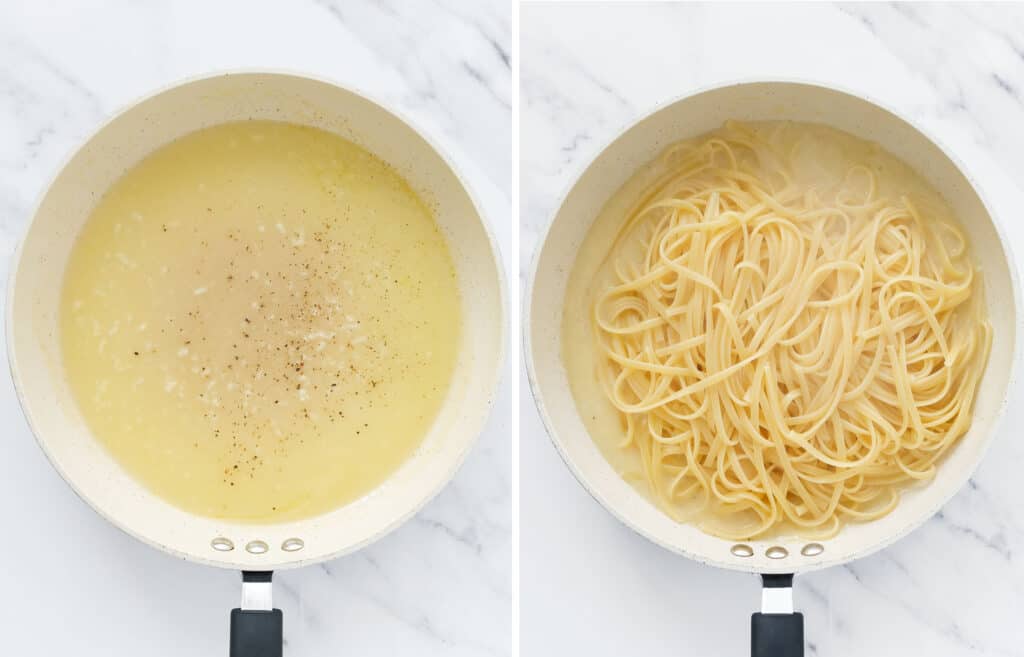
Consider serving pasta with a side of crusty bread to soak up any extra sauce and a simple salad to balance the richness of the butter sauce. Pairing the pasta with a glass of wine can also enhance the dining experience, complementing the flavors of the dish. For a finishing touch, offer freshly grated Parmesan or Pecorino cheese at the table, allowing diners to add an extra layer of flavor to their pasta.

FAQ
Conclusion
Choosing the right pasta for butter sauces can significantly enhance your dining experience. Whether you prefer the delicate texture of fresh pasta or the firm bite of dried pasta, pairing it with the right sauce can make all the difference. Experiment with different pasta shapes and butter sauce variations to discover your favorite combinations. Happy cooking!
Disclosure: Our blog contains affiliate links to products. We may receive a commission for purchases made through these links. However, this does not impact our reviews and comparisons. We try our best to keep things fair and balanced, in order to help you make the best choice for you.
